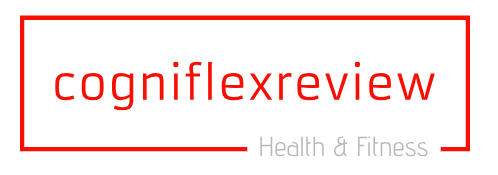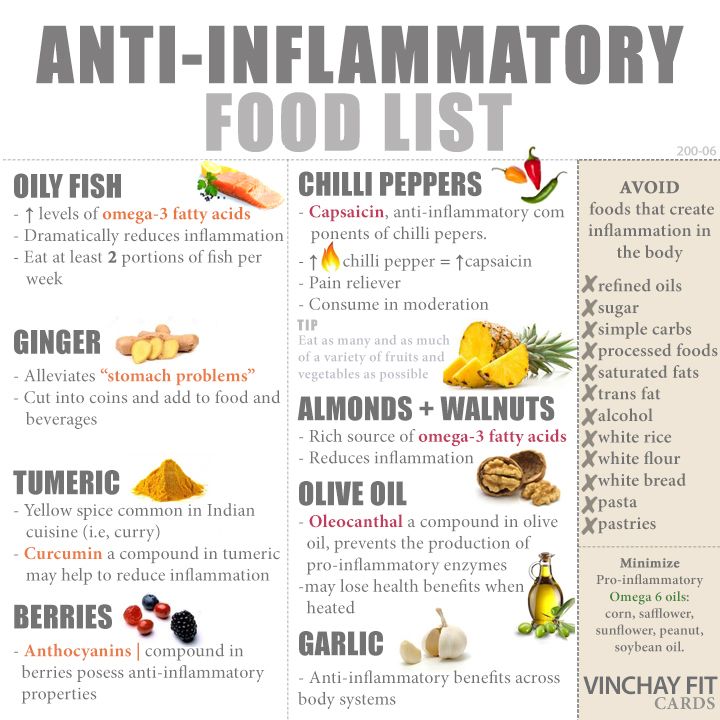Recharge Your Body with a Full Body Recovery Workout
In today’s fast-paced world, prioritizing recovery is just as important as pushing through intense workouts. If you’re constantly striving to improve your fitness, incorporating a full body recovery workout into your routine can be a game-changer. Let’s explore why it’s essential and how you can make the most of it.
Understanding the Importance of Recovery
Before diving into the specifics of a full body recovery workout, it’s crucial to understand why recovery is so vital. When you exercise, you’re putting stress on your muscles, breaking them down in the process. Proper recovery allows your muscles to repair and rebuild, leading to growth and strength gains over time. Without adequate recovery, you risk overtraining, fatigue, and even injury.
Benefits of a Full Body Recovery Workout
A full body recovery workout offers numerous benefits beyond just giving your muscles a chance to rest. It helps improve circulation, delivering oxygen and nutrients to tired muscles while flushing out metabolic waste products. Additionally, it can enhance flexibility, reduce muscle soreness, and promote relaxation, both physically and mentally. Incorporating stretching and mobility exercises into your recovery routine can also prevent stiffness and improve range of motion.
Components of an Effective Recovery Session
So, what exactly does a full body recovery workout entail? While the specifics may vary based on individual preferences and needs, there are some common components to consider. Start with gentle cardiovascular activity to increase blood flow and elevate your heart rate slightly. This could be a brisk walk, light jog, or cycling at a low intensity.
Stretching and Mobility Exercises
Next, focus on stretching and mobility exercises to target key muscle groups and joints. This can include dynamic stretches to improve flexibility and mobility, as well as static stretches to lengthen muscles and release tension. Pay special attention to areas that feel tight or sore after your workouts, but don’t neglect other muscle groups either. Aim for a balanced approach that addresses your entire body.
Foam Rolling and Self-Myofascial Release
Incorporating foam rolling or self-myofascial release techniques can also be beneficial for recovery. Using a foam roller or massage ball, you can apply pressure to trigger points and tight areas, helping to release tension and improve circulation. Focus on areas prone to tightness, such as the calves, hamstrings, quadriceps, and back. Take your time and experiment with different techniques to find what works best for you.
Active Recovery Work
In addition to passive recovery techniques like stretching and foam rolling, consider incorporating some light, low-impact exercise into your recovery routine. This could be activities like swimming, yoga, or gentle Pilates that promote movement and circulation without adding significant stress to your muscles. The key is to keep it low intensity and focus on promoting relaxation and recovery.
Hydration and Nutrition
Don’t overlook the importance of hydration and nutrition in the recovery process. Proper hydration is essential for optimal muscle function and recovery, so be sure to drink plenty of water throughout the day, especially before and after your workouts. Additionally, fueling your body with the right nutrients can help support muscle repair and replenish glycogen stores. Aim for a balance of carbohydrates, protein, and healthy fats in your post-workout meals and snacks.
Rest and Relaxation
Finally, don’t underestimate the power of rest and relaxation in promoting recovery. Quality sleep is essential for muscle repair and growth, so prioritize getting enough restful sleep each night. Additionally, consider incorporating relaxation techniques such as deep breathing, meditation, or gentle stretching before bed to help promote relaxation and improve sleep quality.
Incorporating Recovery into Your Routine
Now that you understand the importance of recovery and the components of a full body recovery workout, it’s time to put it into practice. Schedule dedicated recovery days into your weekly workout routine, and don’t be afraid to adjust your training intensity or volume based on how your body feels. Listen to your body’s signals and give yourself the time and space you need to recover fully. Your body will thank you for it in the long run. Read more about full body recovery workout





